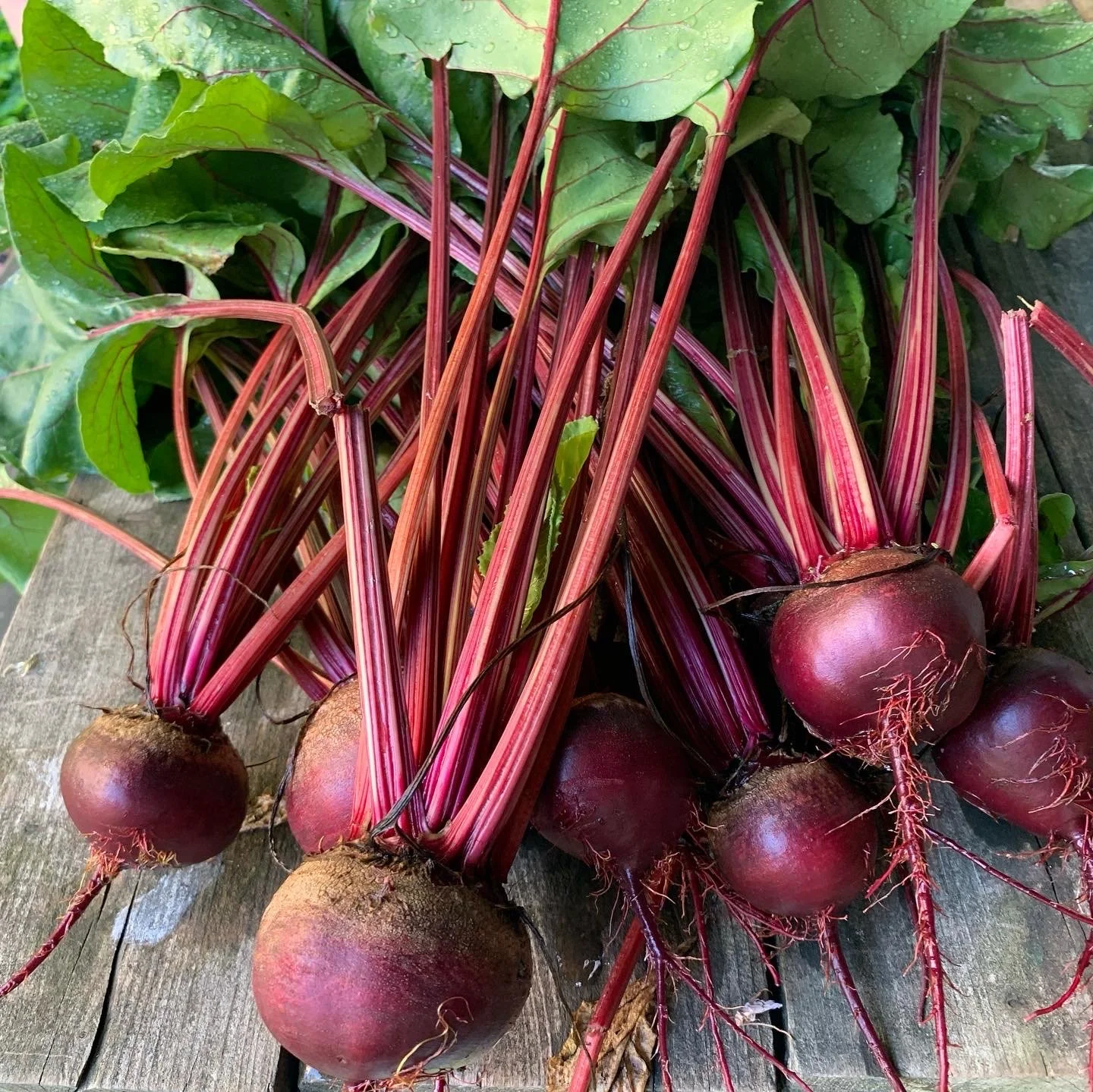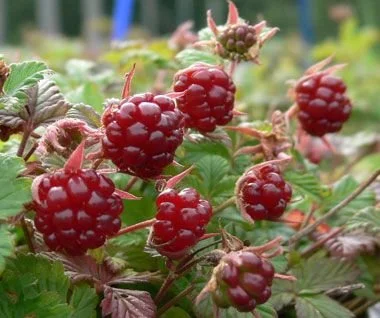New Gardeners
Welcome to gardening! It can be a challenging hobby, but it’s also incredibly satisfying and rewarding. And fortunately, despite the popular phrase, there’s no magic "green thumb" that you need in order to succeed. As with most things, gardening can be broken down into simple steps to follow.
1. Site It Right
In a way, starting a garden is just like getting into real estate: It's all about location. Place your garden in a part of your yard where you'll see it regularly. That way, you'll be much more likely to spend time in it. “Out of sight, out of mind” definitely applies to gardening!
2. Follow the Sun
Misjudging sunlight is a common pitfall when you're first learning to garden. Pay attention to how sunlight plays through your yard before choosing a spot for your garden. Most edible plants, including many vegetables, herbs and fruits, need at least six hours of sun in order to thrive.
3. Stay Close to Water
One of the best gardening tips you'll ever get is to locate your new garden near a water source. Make sure you can run a hose to your site so you don't have to lug water to it each time your plants get thirsty. The best way to tell if plants need to be watered is to push a finger an inch (about one knuckle) down into the soil. If it's dry, it's time to water.
4. Start with Great Soil
Another top piece of advice when starting a garden is to invest in soil that is nutrient-rich and well drained. A good place to start is with a soil test! Hamilton County Soil & Water Conservation partners with PennState Extension to provide soil testing services to Hamilton County residents. Test kits are free to pick up or request, but there is a small fee for the service payable directly to PennState Extension.
5. Consider Containers
When space is at a premium, look to containers. You can grow many plants in pots, including vegetables, herbs, flowers, fruit trees, berries and shrubs. When gardening in containers, use a pot that's large enough for the plant it's hosting and fill it with a potting mix that can control moisture. Not only will specialized soil be formulated to help plants in pots thrive, but it also helps protect against over- and under-watering.
6. Choose the Right Plants
It's important to select plants that match your growing conditions. This means putting sun-loving plants in a sunny spot, choosing heat-tolerant plants in warm climates, and giving ground-gobbling vines like pumpkins and melons ample elbow room (or a trellis to climb, if their fruit isn’t too heavy). Do your homework and pick varieties that will grow well where you live and in the space you have. To get a step up on success when growing veggies and herbs, start with vigorous young plants (like those available at our plant festivals!) instead of trying to grow from seed.
7. Discover Your Zone
Knowing your "hardiness zone" can help you choose the best plants. Simply put, this is the coldest place a plant can grow. The higher the zone number, the warmer the climate. So, if a plant is "hardy to zone 4" and you garden in zone 5, that plant will survive in your yard. If, however, you're in zone 3, your climate is too cold to grow that particular plant. Cincinnati is a mix of zones 6a and 6b. You can look up your hardiness zone here.
8. Learn Your Frost Dates
Planting too early (or late) in the season can spell disaster for your garden. You need to know the last average spring frost date for your area so you don't accidentally kill plants by putting them out prematurely. It's also good to know your first average fall frost date so that you get your plants harvested or moved indoors before late-season cold damages them. Cincinnati’s last frost date is April 23. You can see the average first and last frost dates for your area here.
9. Add Some Mulch
Apply a layer of mulch that's 2 to 3 inches deep around each plant. This will help reduce weeds by blocking out the sun and reduce moisture loss through evaporation so you have to water less. For a polished look, put down a layer of bagged mulch, which is readily available at local garden stores. Or you can put down something more rustic like straw, shredded leaves, pine straw or another locally available material.
10. Feed Plants Regularly
We've already talked about the importance of starting with great soil, but that soil works best in concert with regular boosts of high-quality nutrition for your plants. While there are plenty of commercial plant fertilizers, we strongly recommend making your own all-natural fertilizers using common items from your pantry or backyard. Here are 8 of our favorite DIY fertilizers for a variety of needs.
11. Get Your Tools In Order
Getting into gardening is like getting into cooking—there’s an almost infinite supply of tools you can buy to make your job easier. The secret is that very few of them are actually necessary! We recommend starting out with just three basic hand tools that will make your gardening life easier:
Soil knife: Use this tool to slice and chop weeds, dig out roots, plant seeds, harvest root crops, and transplant seedlings. (We keep our gift shop stocked with the A.M. Leonard Deluxe Soil Knife because it’s the Swiss army knife of the garden, replacing at least three different hand tools.)
Hand pruners: Use these to harvest and prune branches or leaves.
Hand rake: Use this tool to turn soil, remove weeds and debris and to smooth soil.
12. Keep Learning!
Whether you want to take a class, get hands-on experience through our education-focused volunteer opportunities, get involved with a community garden or just ask a gardening question, there are plenty of ways to keep expanding your knowledge and honing your new craft. We’re here to help!



